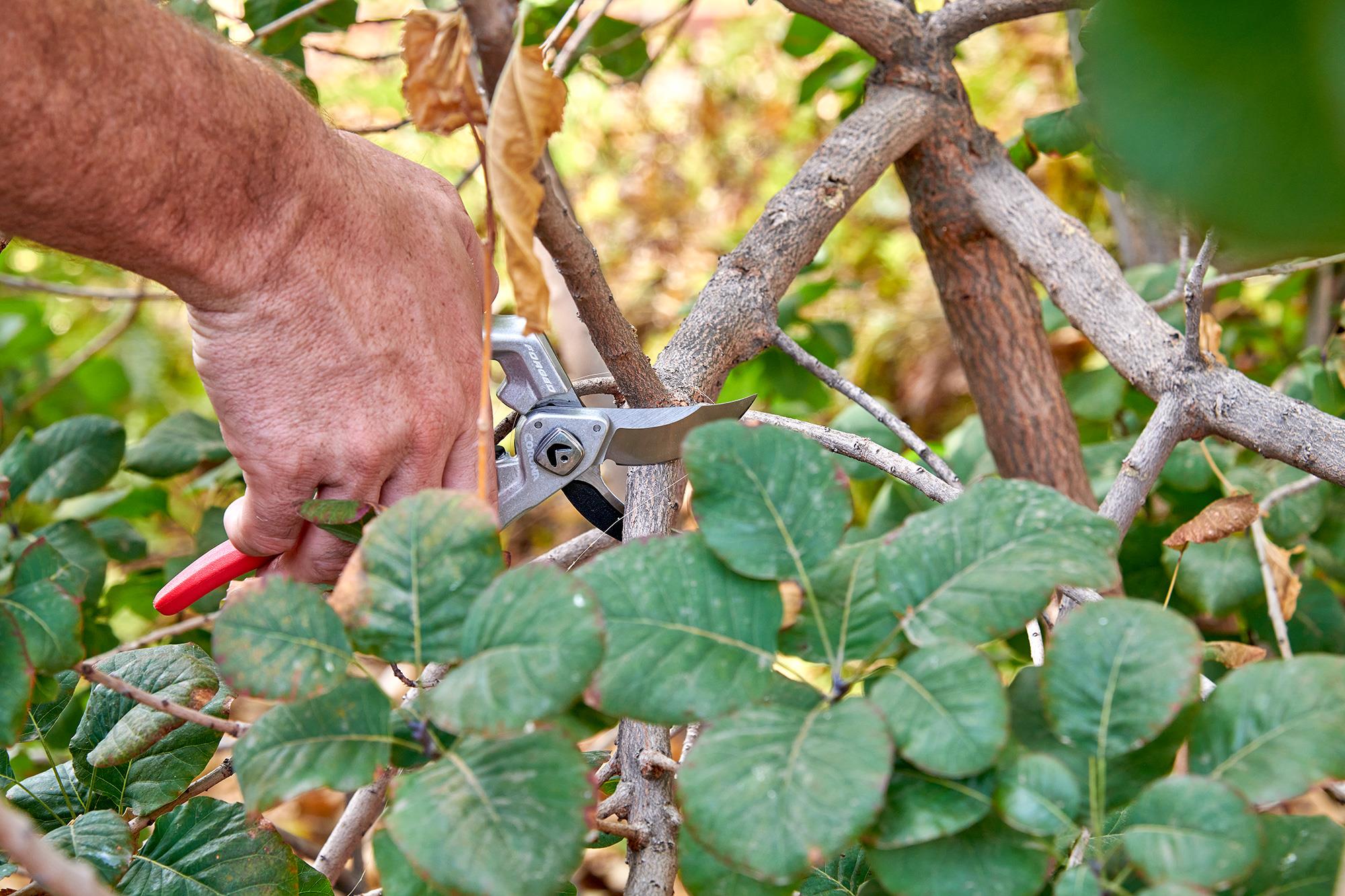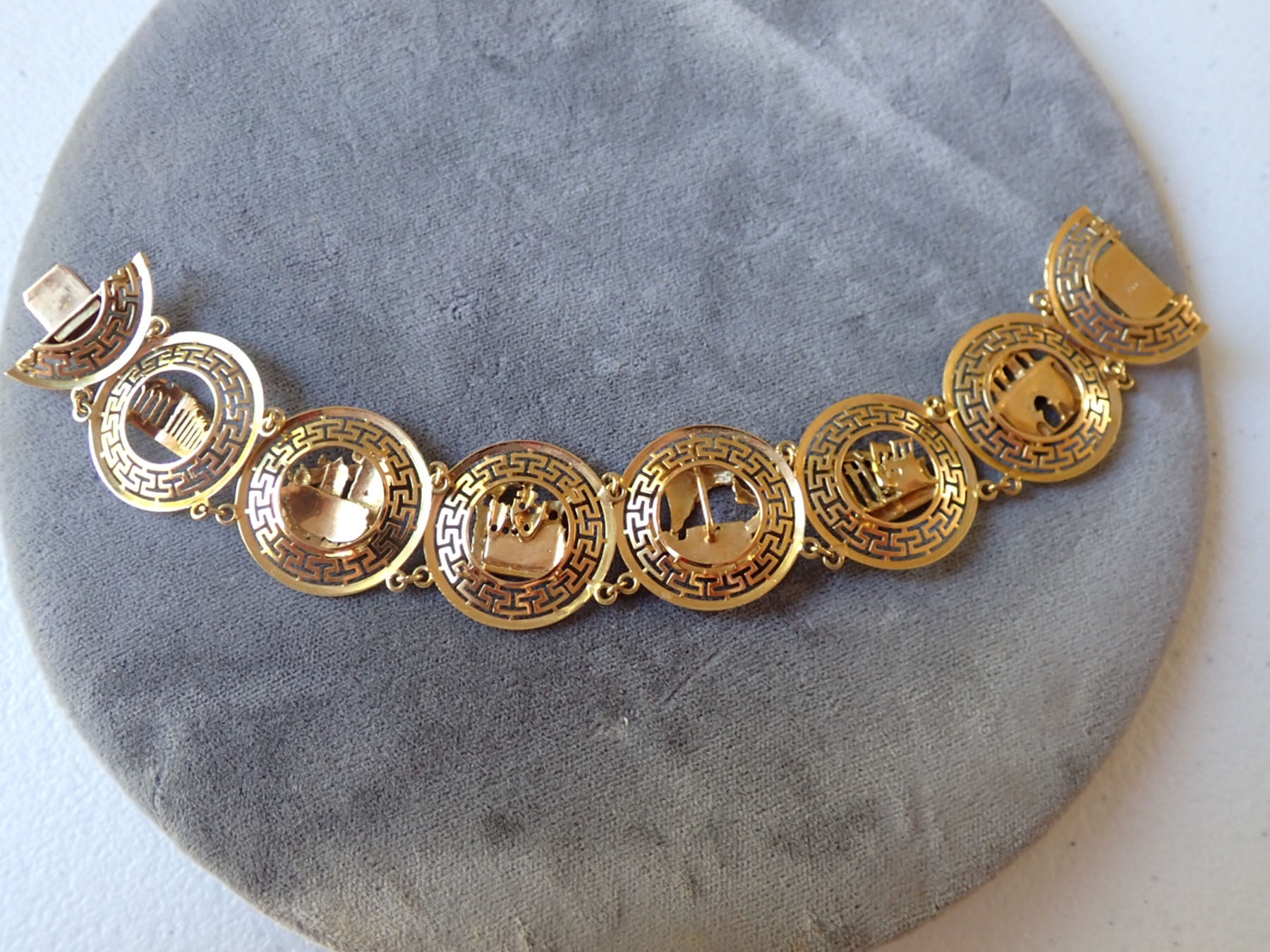
Gardening
Fall Landscape Care with Pollinators in Mind

Use a quality bypass pruner to cut back and dispose of any diseased or insect-infested plants.
Photo courtesy of Corona Tools
No matter where you live, investing time caring for your landscape now will pay off with a healthier, more beautiful landscape next spring and for years to come. Incorporate the following practices into your fall maintenance to support pollinators and the plants in your landscape.
Don't rake the leaves to the curb or haul them to your municipality's composting center. Instead, handle them with your lawn mower. Shred leaves and leave them on the lawn as you mow this fall. As the leaves break down, they add organic matter to the soil and as long as you can see the grass through the leaf pieces, the lawn will be fine.
Put any extra fall leaves to work in the garden. Add shredded leaves to your compost pile or dig them into annual gardens as a soil amendment. Just dig a two-to-three-inch layer of shredded leaves into the top 12 inches of annual or new planting beds. The leaves will decompose over winter adding organic matter to the soil. By spring, your garden bed will be ready for you to finish preparing and planting.
Spread some of the fall leaves on top of the soil around permanent plants as a mulch. They help insulate the roots, conserve moisture, suppress weeds, and as they break down improve the soil. Fall mulching gives you a jump on next spring's landscape chores. It also provides winter homes for some beneficial insects and insulation for bumblebee queens, frogs, and others that overwinter in the soil.
Leave healthy perennials to stand over winter. They will add motion and texture to the landscape. The seedheads add beauty and many provide food for the birds. Hollow stems of a variety of perennials provide winter homes for many native bees and other beneficial insects. This also increases winter survival as research found perennials left standing are better able to tolerate the rigors of winter.
Be sure to cut back and dispose of any diseased or insect-infested plants. Removing these reduces the source of disease and insect pest problems in next year's garden. Use a bypass pruner to cut the plants back to just above the soil surface. Corona's XSeries Pro bypass pruner (www.coronatoolsusa.com) is lightweight and professional grade with its blade ensuring smooth, clean cuts on both green and dry stems and branches.
Continue watering throughout the fall and only during the day when soil and air temperatures are at or above 40°F. Trees, shrubs and perennials suffering from drought stress in fall and early winter are more subject to root damage and subsequently insect pest and disease problems. Make sure new plantings, moisture lovers, evergreens and perennials in exposed sites are thoroughly watered when the top four to six inches are crumbly and slightly moist.
Add some new plants to the landscape this fall. The soil is warm and the air is cool, providing excellent conditions for planting and establishing trees, shrubs and perennials. Include some fall favorites like pansies, asters and mums to containers and garden beds for instant color and food for late-season pollinators. Many garden centers add healthy new plants to their inventory specifically for planting this fall.
No matter where you live or the size of your garden, get outdoors and enjoy the beauty of fall. And be sure to invest a bit of time and energy now to ensure your landscape is ready for the season ahead.
Melinda Myers has written more than 20 gardening books, including The Midwest Gardener's Handbook, 2nd Edition and Small Space Gardening. She hosts The Great Courses "How to Grow Anything" DVD series and the nationally-syndicated Melinda's Garden Moment TV & radio program. Myers is a columnist and contributing editor for Birds & Blooms magazine and was commissioned by Corona Tools for her expertise to write this article. Her web site is www.MelindaMyers.com.
Antiques
Gold and Silver are Still Hot at Auction

Photo courtesy of Wayne Tuiskula
Some things always sell well at auction, including gold and silver, which never fall out of favor. Gold and silver coins are always in demand, and I'll have more on those items more in a future column. Today I'll be discussing jewelry, silver flatware, and hollowware.
The first known gold jewelry was found in Bulgaria and dates back to 4400 to 4100 BC. People have continued to covet finely designed gold jewelry ever since. There are several things to consider when determining the value of gold jewelry. First, you want to make sure that you actually have gold. What looks like gold could be gold-plated or gold-filled. Gold-plated and gold-filled both mean that a thin layer of gold was applied on top of other metals. The difference is that gold-plated jewelry, pocket watches, etc. are only .05% gold while gold-filled is 5%. Gold-filled pieces, especially heavy ones, still have value. However, actual gold has more value, of course. 10 karat gold is often labeled 417 meaning it is 41.7% percent gold. 14 karat gold may be marked 585 and is 58.5% and 18 karat gold is marked 750 and is 75% pure. If you know the weight and the current price of gold, you can use these percentages to calculate the scrap value. Most gold jewelry has value above the scrap value, though. A nicely designed piece by a well know designer can sell for 10 or more times the scrap value. If a piece features diamonds or other gemstones, the value will further increase.
The price of gold was $1,945 per troy ounce and the price of silver was $23.82 per troy ounce when I wrote this column. So, while, as expected, you'll receive less for your silver items, sterling silver flatware or holloware can still be quite valuable. You can weigh silver to get an idea of the scrap value. As with gold, you want to be sure that it is actually silver and not silver plate. Sterling silver is sometimes marked .925 because it is 92.5% pure. Some silver is of a lower percentage. You may find some pieces marked .800 or .900. They would be 80% and 90% silver. Silver pieces by silversmiths from the 18th and early 19th century can be collectible and worth well above the price of silver. Most of the silver from the period is coin silver. Coin silver is 90% silver, which is the same percentage that was used to make U.S. coins at the time. When looking at more modern sterling silver, you can check the hallmark on the bottom and look online to see who made it. For example, Gorham silver has a lion, an anchor, and a "G." I find a lot of Gorham silver in this area because it was made in Providence, Rhode Island. Tiffany is an American company whose silver is always popular with collectors. Georg Jensen is a Danish designer whose silver patterns are in high demand. We've previously sold Jensen sets that have brought figures in the mid-thousands. Taking the time to look through your old jewelry could be worth its weight in gold.
Our November online auction will feature a large amount of gold jewelry from a Boston jeweler that went out of business. We'll also be selling sterling silver from multiple estates. We are still accepting gold jewelry, sterling silver, flatware, and gold and silver coins for that auction. Our toy and comic book online auction will be starting soon. I'll be teaching my "Evaluating your Antiques" class at Bay Path Adult Evening School in Charlton on Tuesday, October 3rd. Please visit our website www.centralmassauctions.com for links to upcoming events.
Contact us at: Wayne Tuiskula Auctioneer/Appraiser Central Mass Auctions for Antique, Collectibles Auctions and Appraisal Services www.centralmassauctions.com (508-612- 6111).